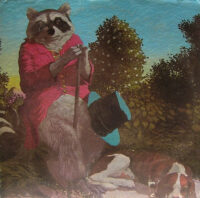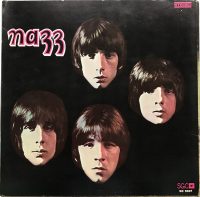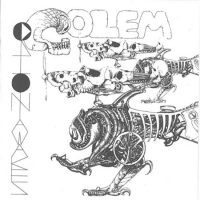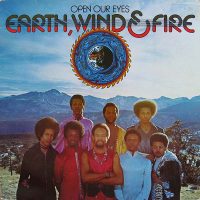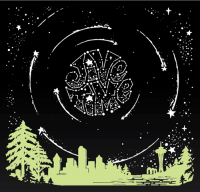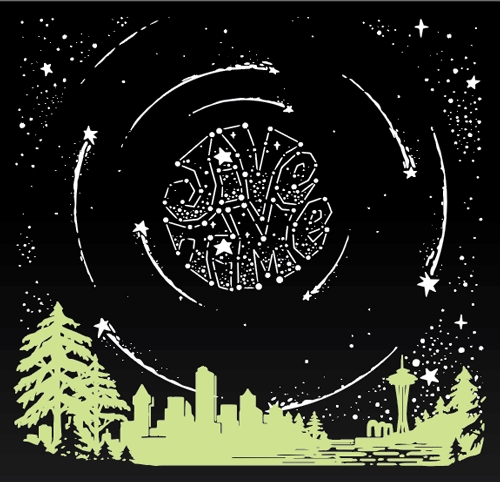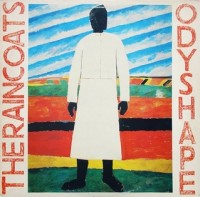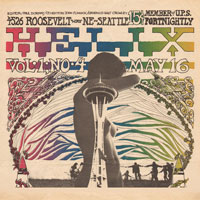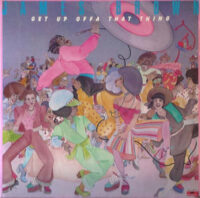
It’s doubtful that many fans rank this album among the Godfather Of Soul’s greatest, but four out of its six tracks are certified bangers. Arriving as disco was gaining substantial marketshare in America, Get Up Offa That Thing reasserted James Brown’s dominance in the funk realm while also nodding to disco bandwagon-jumpers. Get Up is part of his last really strong phase in the last half of the ’70s, which includes Mutha’s Nature. If you’re a DJ who needs to fill dance floors, you could do a lot worse than to drop the needle on this somewhat overlooked opus.
The “Get Up Offa That Thing/Release The Pressure” medley begins with one of JB’s most outrageous EEEOOOWWWs before lunging into an unstoppable megaton funk groove laced with Charles Sherrell’s infectiously twitchy clavinet, blaring horns, and Melvin Parker’s clap-happy beats. James exhorts listeners to rise from their damn seats and “dance till you feel better” and, if all goes according to plan, “try to release that pressure.” This sound advice still resonates 47 years later.
The bubbly/silky, string-laden funk ballad “You Took My Heart” is decent for what it is, but generally speaking, ballads by funk artists are momentum-killers with negligible appeal. Too often, a saccharine sentimentality prevails, lyrically and sonically. I’m all for variety, but there has to be a better way. Thankfully, Brown gets back on the good foot with the next two songs. The speedy disco funk of “I Refuse To Lose” is tailor-made for sports anthemhood, and the “sock it in the pocket/let the good times roll” breakdown is a breakdancer’s paradise. (Shout out to Will Lee’s incredible bass line.) My fave cut is “Can’t Take It With You,” whose coiled funk packs a low-slung, Bohannon-like wallop, enhanced by chicken-squawk guitar à la the Meters’ Leo Nocentelli. The song’s nine debauched and mesmerizing minutes somehow aren’t enough.
“Home Again”—a bluesy ballad that harks back to Brown’s ’50s and early-’60s material—hinders the fun, but “This Feeling,” a more stripped-down companion piece to “Can’t Take It With You,” hits hard with a lean, low-key lethalness. Brown rarely does understatement, but “This Feeling” proved he could excel in that mode, too.
While the title track reached #45 in the Billboard Hot 100 chartt, it’s the deep cuts that make Get Up Offa That Thing a candidate for the ultimate James Brown sleeper LP. -Buckley Mayfield
Located in Seattle’s Fremont neighborhood, Jive Time is always looking to buy your unwanted records (provided they are in good condition) or offer credit for trade. We also buy record collections.


